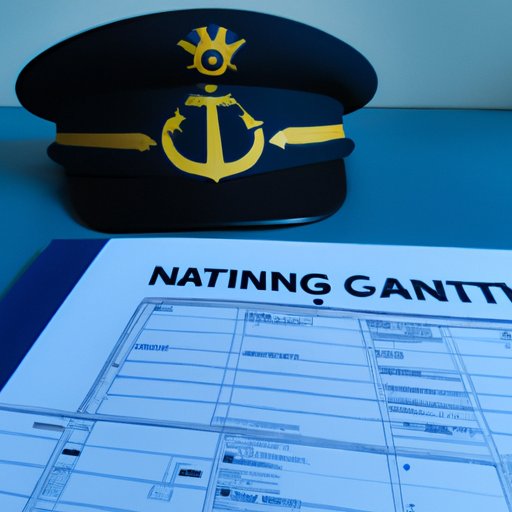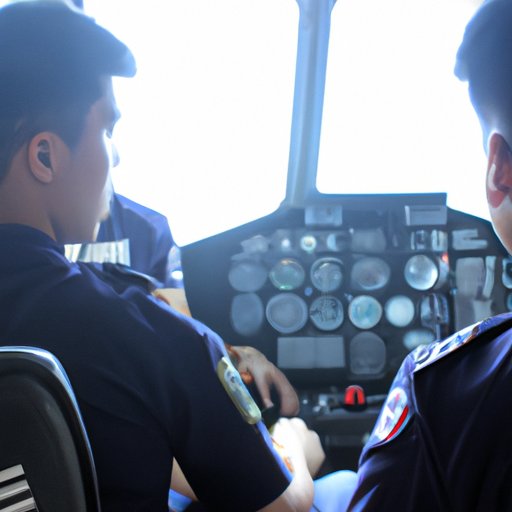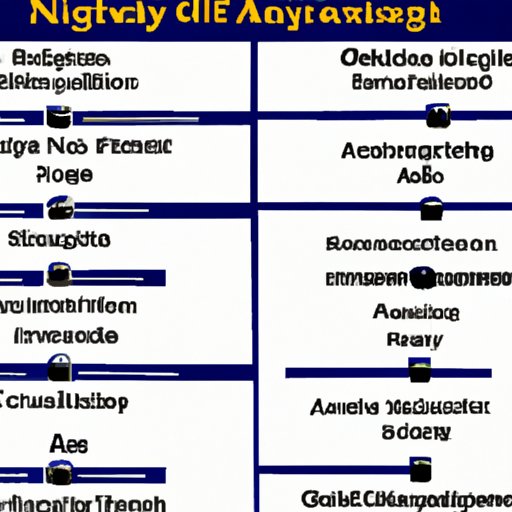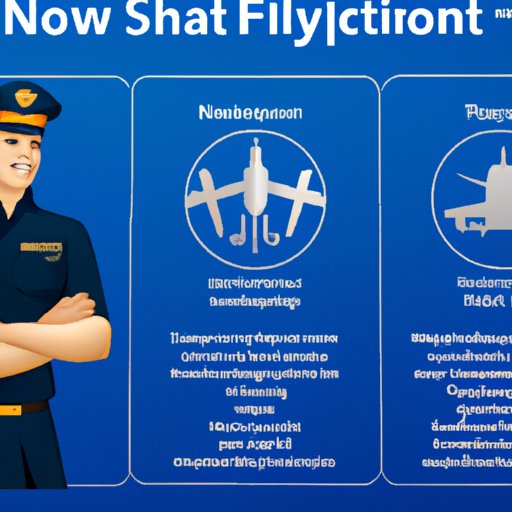Introduction
A career as a Navy pilot is a highly sought-after profession for those looking for an exciting and rewarding job. Navy pilots are responsible for flying aircrafts to complete missions and operations in support of the United States Navy. The profession requires specific qualifications, extensive training, and a well-defined career path. The purpose of this article is to provide an overview of how to become a Navy pilot, including the necessary qualifications, the training process, the responsibilities, the benefits, the career path, and tips and advice on achieving success.

Qualifications Needed to Become a Navy Pilot
In order to become a Navy pilot, there are certain qualifications that must be met. The most important qualification is having a college degree. According to the U.S. Navy, “All applicants must have at least a bachelor’s degree from an accredited institution in any discipline.”1 Additionally, applicants must pass a physical exam and meet the physical and psychological requirements outlined by the Navy. Applicants must also meet the age requirements, which vary depending on the type of pilot program they are applying for.

Training Process for Becoming a Navy Pilot
Once the necessary qualifications have been met, applicants can begin the training process to become a Navy pilot. The first step is attending Officer Candidate School (OCS). OCS is a 12-week program designed to prepare candidates for the rigors of military life. After completing OCS, candidates will attend Primary Flight Training. This is a six-month program designed to teach the fundamentals of flight. Following primary flight training, candidates will attend Advanced Flight Training, which is an additional six months of specialized training depending on the type of aircraft they will be flying.

Responsibilities of a Navy Pilot
The primary responsibility of a Navy pilot is to safely operate aircrafts to complete missions and operations in support of the United States Navy. This includes transporting personnel and cargo, conducting search and rescue operations, providing aerial surveillance, and more. Additionally, Navy pilots must adhere to all safety protocols, maintain their aircrafts, and stay up-to-date on the latest technology and procedures.
Benefits of Being a Navy Pilot
One of the main benefits of being a Navy pilot is the financial compensation. According to the U.S. Navy, “Pilots may receive special pay and allowances for their service.”2 Additionally, Navy pilots have the opportunity for career advancement through promotions and higher rank. Finally, being a Navy pilot offers social benefits such as camaraderie, travel opportunities, and the chance to serve one’s country.
Career Path of a Navy Pilot
The career path of a Navy pilot is well-defined. Pilots typically start out as Ensigns and then advance to Lieutenant Junior Grade, Lieutenant, and then Lieutenant Commander. After reaching the rank of Lieutenant Commander, pilots may choose to pursue a specialty such as instructor or test pilot. Ultimately, the goal of most Navy pilots is to reach the rank of Captain.
Tips and Advice on Achieving Success as a Navy Pilot
In order to achieve success as a Navy pilot, it is important to set goals and create a plan to reach them. Setting realistic, achievable goals will help keep pilots motivated and focused on their career path. Additionally, building a strong network of peers and mentors will help pilots stay connected, learn from others, and gain valuable insight into the profession. Finally, having a strong work ethic is essential for achieving success. Pilots must be committed to their training and be willing to put in the hard work and dedication required to excel in the profession.
Real-Life Examples of Navy Pilots
There are many real-life examples of Navy pilots who have achieved success in their careers. Two notable examples include Captain Richard “Dick” Cole and Captain Michael “Mike” Estocin. Captain Cole was the last surviving member of the Doolittle Raid and served in the US Air Force for over 30 years. Captain Estocin was a decorated Vietnam War veteran and flew more than 1,000 combat missions during his career. Both of these pilots exemplify the dedication, skill, and courage required of Navy pilots.
Conclusion
Becoming a Navy pilot requires a great deal of dedication and hard work. It requires meeting specific qualifications, undergoing extensive training, and adhering to the responsibilities of the profession. However, the rewards of being a Navy pilot are plentiful. Not only do Navy pilots have the opportunity to serve their country, but they also enjoy financial benefits, career advancement opportunities, and social benefits. With the right goals, network, and work ethic, anyone can achieve success as a Navy pilot.
(Note: Is this article not meeting your expectations? Do you have knowledge or insights to share? Unlock new opportunities and expand your reach by joining our authors team. Click Registration to join us and share your expertise with our readers.)
